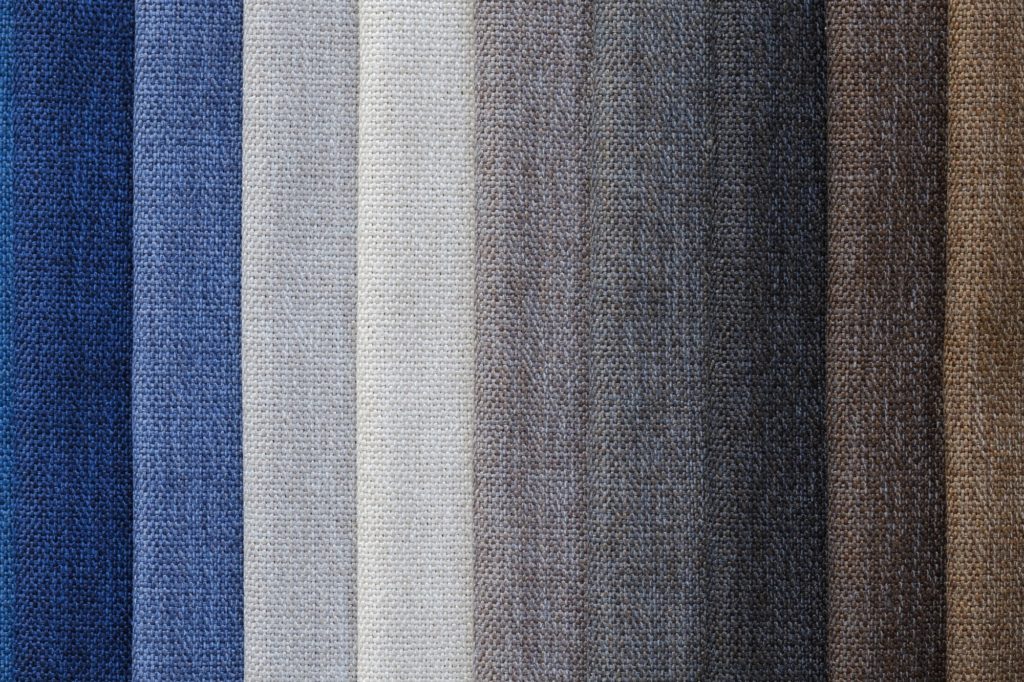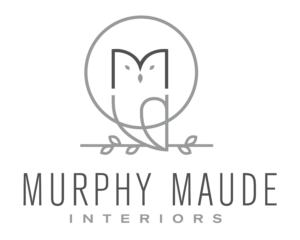How to Find an Original Textile for Your Project

With so many staying home in 2020, visitations to retail home furnishing websites went through the roof. If you’re one of the millions investing your hard-earned dollars in new home decor, you’re likely looking for something unique.
And the prints you choose for your furniture, your throws, and your cushions make or break a design.
Of course, there are all kinds of ways to source beautiful fabric: buy it while you’re overseas, purchase bolts of designer textile, or even thrift it. But the only way to get genuinely original textile is to go bespoke.
If you’re in the market for custom prints, read on for tips on how to get exactly what you want.
Prepare for Your Project
You need to consider how you plan to use the fabric you’re printing and what types of products or furniture pieces it will grace. Also, decide if you’re only creating one design or hope to create a range of patterns.
It saves you and your designer a lot of time if you already know what colors you want, what styles you’re considering, why type of fabric you want (more on that later), and where you’ll use the material created. This will help to keep your budget in check, too.
Creating a mood board will help you present your ideas succinctly. Fill a pinboard or large piece of cardboard with hand-drawn sketches, photos of your space, fabric swatches, paint samples, and furniture cut out from magazines. Alternatively, go digital with an online mood-board app or Pinterest board.
Consider Your Budget
When it comes to bespoke textiles in design, you can either purchase your design, also called “exclusive use” or copyright ownership, or license a design.
If you want no one else ever to use your design except you, you’d need to choose the “exclusive use” option. You have no control over where a licensed print will end up.
Of course, the “exclusive use” option is typically more expensive because a designer is creating a print for you and you only. Licensing is a cheaper option for individuals or small companies. However, as with any other industry, the quoted price depends on the designer’s experience and level of fame.
The other thing you’ll need to check is whether the designer has bundled printing and fabrication costs into their quote–on top of their design fees. If they haven’t, you’ll need to add those as line items.
Know Your Textile Design Terms
It can really help if you get some technical knowledge under your belt before heading into a meeting with your textile designer.
Designers don’t always dumb down industry terms for their clients. And knowing what they’re talking about will ensure you don’t get bogged down in the details.
Technical or Seamless Repeat
This refers to a design printed on endless lengths of fabric without any overlap or break in the pattern. In other words, the design flows seamlessly across the material. Of course, how it looks on a particular fabric depends on the width that fabric is available in.
Placement or Engineered Design
While the vast majority of textile designs repeat, in some cases, you might want a completely original, non-repeating design. In this case, each part of the artwork is mapped out onto a piece of fabric in the way the designer chooses.
This kind of textile design requires a specialized printing process and is typically more expensive. A simple example of placement design would be t-shirt graphics.
Croquis
If you hear the term croquis, it means there is a design available, but it’s not yet in a format that could be printed onto fabric. If you purchase this type of design, you need to find someone or know how to ready it for printing. This type of pattern is the opposite of a seamless repeat.
Colorway
In many cases, you would purchase a bespoke textile print in color you decide with your designer. But what if you also want the same pattern in a range of colors? In the textile industry, the different colors are referred to as colorways.
Typically, a designer or printer will charge a small additional fee for new colorways. If you know you want more than one colorway at the beginning of the design process, be sure to let your designer know.
Know Your Fabric Needs
Before heading down the road of creativity, you need to know the more practical aspects of textile design.
Ask yourself:
- Are you creating textiles for furniture or something else?
- How long do you want the fabrics to last?
- Do they need any special features, such as waterproofing or fade resistance?
- Will they be used in a home with pets?
- Are they destined for indoor or outdoor use?
You also need to familiarize yourself with some basic fabric-making terminology. The types of weave, fibers, and other aspects of fabric can make all the difference to your final design.
Warp and weft refer to the vertical and horizontal threads of fabric, and bias gives a fabric stretch. Woven fabric is created using a loom, which makes it sturdy, while knit fabrics are produced by looping fibers together, making it more flexible.
Natural or Synthetic Fabric
One final aspect of textiles decor you need to decide on is whether you want to use natural or synthetic fibers–or a mix of both. The type of fabric you choose can alter the way the final design looks and feels.
Natural fabric is sourced from plants or animals. In most cases, it’s breathable and soft to the touch, though each fabric type has unique characteristics. Natural materials include cotton, linen, silk, wool, and leather.
The textile industry started using synthetic fabrics like nylon, polyester, and acrylic at the start of the 20th century. These fabrics are durable, and in many cases, sun, stain, and scratch-resistant.
Finding Your Original Textile Designer
Once you know what you want and understand how to ask for it, it’s time to find the right designer to work with. Look for a company that has a transparent design process because it means they’ll listen to your needs (and wants). That way, the textiles that arrive on your doorstep will suit your existing decor or design plans.
If you’re in the Memphis, Tennessee area, reach out to the design doyennes at Murphy Maude Interiors. From the kick-off meeting to the install, they’ll walk you through every step of your original textile creation.
